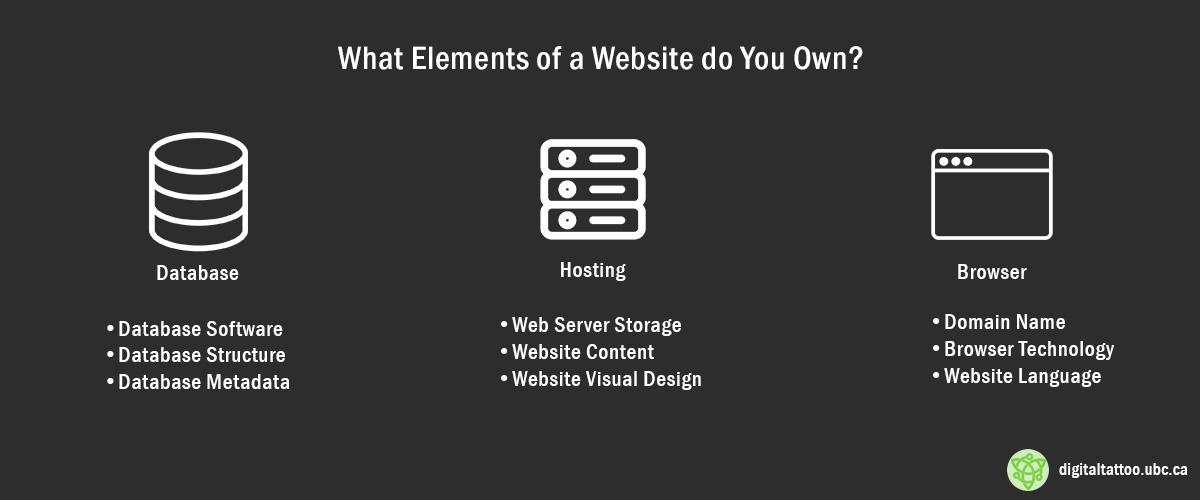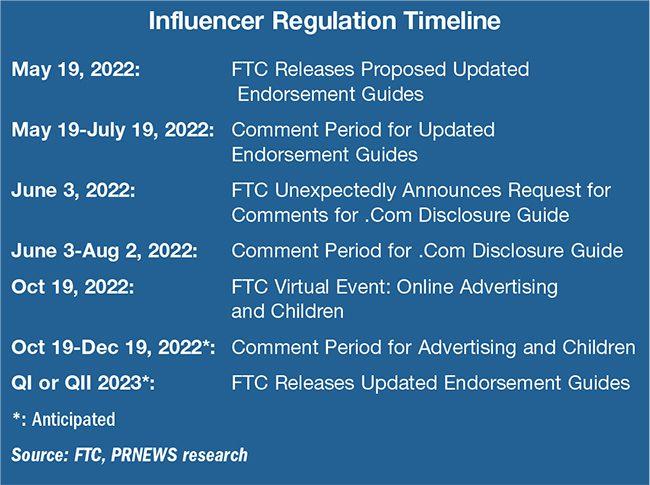
In the vibrant landscape of digital marketing,where hashtags trend and influencers reign supreme,a new wave of promotional strategies has emerged that captivates audiences and redefines brand engagement: YouTube influencer marketing. With millions of subscribers and views competing for attention, influencers have become modern-day emissaries, bridging the gap between consumers and brands. Though, beneath the glossy surface of carefully curated content lies a complex network of legal frameworks and ethical considerations that both influencers and brands must navigate. In this article, “Navigating Legal Waters: YouTube Influencer Marketing Exposed,” we delve into the intricate interplay of regulations, disclosures, and contractual obligations that shape this burgeoning industry. join us as we chart a course through the choppy waters of influencer partnerships, uncovering the challenges and best practices that can lead to a successful and compliant marketing endeavor.
understanding the Legal Framework of Influencer Marketing on YouTube
influencer marketing on YouTube is governed by a complex web of regulations designed to ensure transparency and protect consumers. At the core of this legal framework are the Federal Trade Commission (FTC) guidelines, which mandate that creators disclose any sponsorships or paid partnerships. This requirement helps maintain the integrity of the platform and ensures viewers are aware of potential biases in content. Key regulations include:
- Clear Disclosure: Influencers must make disclosures prominent and understandable, using terms like “ad” or “sponsored” in a way that is easily noticeable.
- Avoiding Misleading Practices: Content should not mislead viewers regarding the nature of the relationship between the influencer and the brand.
- Compliance with Platform Policies: Adhering to YouTube’s community Guidelines and Advertiser Policies is essential to avoid content removal or channel strikes.
the landscape is continually evolving, with additional rules emerging from other regulatory bodies that may affect how influencer marketing is conducted. For instance,some brands may impose thier own compliance frameworks that influencers must adhere to,beyond the standard legal obligations. Below is a summary of evolving considerations for influencers:
| Consideration | Description |
|---|---|
| Privacy Policies | Understanding how personal data is handled when promoting products. |
| Intellectual Property | Ensuring content does not infringe on copyrights or trademarks. |
| International Laws | Being aware of regulations in different countries, which may vary substantially. |

Disclosing Partnerships: Best Practices for Influencers and Brands
When it comes to disclosing partnerships, transparency is paramount. Influencers must ensure that their audiences are well informed about any sponsored content.This not only builds trust but also keeps everyone compliant with legal standards. Here are some best practices to implement:
- Clear Labels: Use clear and obvious labels such as “#ad” or “#sponsored” in video descriptions and on-screen to signify paid partnerships.
- Verbal Mentions: Include a verbal acknowledgment in your video, ensuring viewers are aware of the sponsorship from the get-go.
- Consistent Disclosure: Maintain consistency across all platforms, ensuring that every post related to a partnership includes a disclosure to establish a clear pattern for your audience.
Brands also have a crucial role in fostering transparency. They should provide influencers with extensive guidelines on disclosure practices while ensuring that all marketing materials comply with the Federal Trade Commission (FTC) rules. Consider the following tips:
- Guideline Clarity: Clearly outline expectations for how influencers should disclose partnerships.
- Collaboration: Collaborate with influencers to create natural and effective methods of disclosure that resonate with their audience.
- ongoing Education: Regularly educate both your teams and influencers about evolving laws and regulations in influencer marketing.
| Disclosure Method | Effectiveness |
|---|---|
| On-screen text | High |
| Video description | Medium |
| Verbal disclosure | High |
| Social media tags | medium |

Content Ownership and Copyright: Protecting Your creative Assets
In the rapidly evolving landscape of influencer marketing, understanding content ownership and copyright is crucial for creators and brands alike. When you collaborate with an influencer,it is essential to establish clear agreements that delineate who holds the rights to the content produced. A well-defined contract should specify how the content can be used, distributed, and monetized, ensuring that both parties protect their creative assets. Consider including clauses that address the following aspects:
- Usage Rights: Defining how the content can be utilized across various platforms.
- Duration: Stipulating how long the content rights remain effective.
- Attribution: Outlining crediting requirements for the creator and other involved parties.
Moreover, influencers must remain vigilant about their intellectual property since copyright infringement can lead to meaningful legal pitfalls. To further safeguard your creations, consider registering your work with relevant copyright organizations, which can bolster your ability to enforce your rights if needed. Understanding fair use and keeping abreast of copyright laws are equally vital to avoid inadvertent violations. Here’s a succinct overview of copyright considerations:
| Aspect | Description |
|---|---|
| Originality | Your content must exhibit a certain level of creativity. |
| Fixation | content should be captured in a tangible medium (video, image, etc.). |
| Exclusive Rights | A copyright holder has the exclusive right to reproduce and distribute their work. |

Navigating FTC Guidelines: Strategies for Compliance and Transparency
In the vibrant world of YouTube influencer marketing, understanding and adhering to FTC guidelines is paramount for maintaining trust and credibility with audiences. Influencers and brands alike must ensure that their promotional content is clear, straightforward, and easily understandable by viewers. Here are some strategies that can help facilitate compliance:
- Disclose Sponsorships Clearly: Use clear language such as “Sponsored,” “Paid Partnership,” or “Ad” at the beginning of the video description or verbally in the content.
- Utilize Visual Elements: Incorporate on-screen graphics or text that highlight paid promotions to ensure clarity.
- Avoid Ambiguity: Be specific about the nature of the relationship; vague statements can lead to confusion and potential violations.
- stay Educated: Regularly review FTC guidelines and updates to stay informed of any changes that might affect influencer marketing practices.
Moreover, documenting promotional activities can provide a safeguard against compliance issues. Consider implementing an internal checklist or a tracking system to monitor disclosures. The following table highlights a simple tracking method for content that includes promotional partnerships:
| Content Title | Date Published | disclosure Type | Compliance Status |
|---|---|---|---|
| Gadget Review | 2023-10-01 | Paid partnership | Compliant |
| Travel Vlog | 2023-10-05 | Sponsored Content | Compliant |
| Fashion Lookbook | 2023-10-10 | Ad | Non-Compliant |
Key Takeaways
As we bid farewell to the depths of YouTube influencer marketing, it’s clear that navigating these legal waters is both a challenge and an opportunity. The landscape is ever-evolving, with creators, brands, and regulators all playing crucial roles in shaping the future of digital content. By understanding the legal intricacies and maintaining transparency, influencers can build trust and credibility, ensuring that their impact resonates with audiences while staying firmly within the bounds of the law. As we continue to explore this dynamic intersection of creativity and compliance, let us remember that the potential for genuine connection and innovation is vast—if only we can steer with vigilance and integrity through the currents ahead. In this new era of digital interaction, the stakes are higher, but so too are the rewards for those who dare to navigate responsibly.